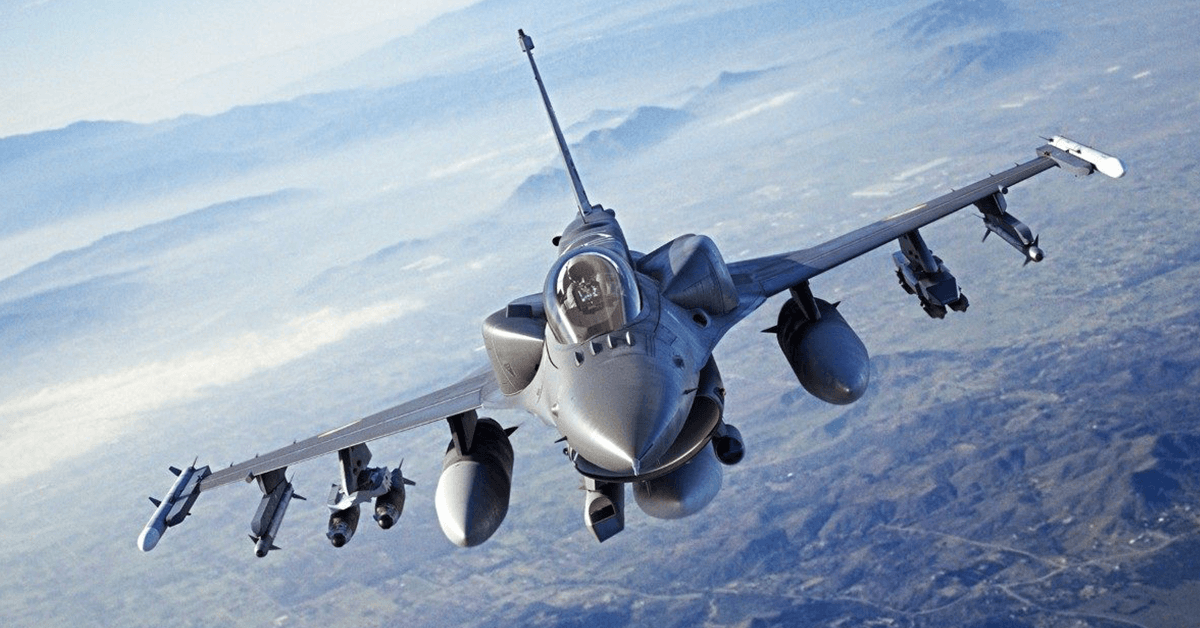F-16 Fighting Falcon aircraft have begun undergoing autonomous aircraft modifications as part of the Air Force’s Viper Experimentation and Next-gen Operations Model – Autonomy Flying Testbed program, or VENOM.
The Air Force Material Command said Wednesday the last F-16 aircraft to undergo modification under the VENOM program arrived at Eglin Air Force Base in Florida on April 1.
VENOM Program Modifications
Under the VENOM program, F-16s will undergo several adjustments to their software, hardware and instrumentation, which will enable autonomous flying. One physical change to the aircraft will be the addition of an auto-throttle, which will allow for the automatic regulation of flight control surfaces and the thrust.
Maj. Trent McMullen, the 40th Flight Test Squadron’s advanced capabilities division chief, said, “Modifying the aircraft is the result of a rigorous design phase and brings us one step closer to testing autonomy on a fighter jet with real mission systems and capabilities.”
Aside from physical changes to the F-16s, the VENOM program has also continuously tested the autonomy software in faster-than-real-time modeling and simulation environments for various combat scenarios.
“These simulations provide an efficient way to train the autonomy to learn complex air combat tactics. A specific scenario can be run 1,000 times and the variations and decisions made throughout that mission can be studied. We can then make recommendations to the developers on how to improve the autonomy’s behaviors and overall performance,” McMullen added.





